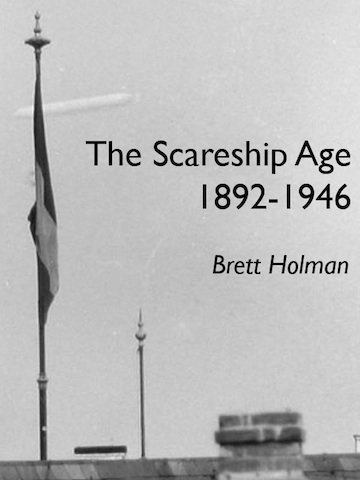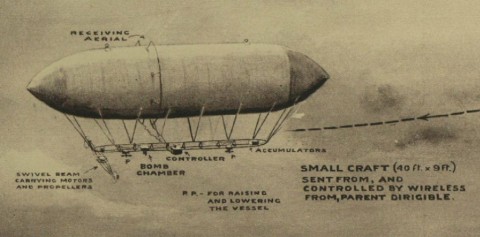Not quite a trove
The other day I received an email from Andrew Gray, a reader of this blog, alerting me to the existence of a new online newspaper archive available at ukpressonline. I’ve used ukpressonline before for its complete runs of the Daily Express and the Daily Mirror, which were the most popular British dailies for most of […]




